You rely on your brakes each day. Despite this fact, most people rarely think about their brakes until there’s a problem. Unfortunately, a problem with your brakes can have major consequences. Car brake replacement is a serious subject.
Signs that Car Brakes Need Replacement
 Knowing when your brakes need to be replaced is a great way to avoid problems. The only thing is, you might not know or recognize the early signs. If your brakes become too warn, they might do enough damage to make it a costly repair and maybe even require professional servicing.
Knowing when your brakes need to be replaced is a great way to avoid problems. The only thing is, you might not know or recognize the early signs. If your brakes become too warn, they might do enough damage to make it a costly repair and maybe even require professional servicing.
Watch for these classic signs indicating your brakes need to be replaced:
- Squealing: If your brakes make a high-pitch squeal each time you press on the pedal, that’s usually a sign the pads are too far worn. The sound is made by a metal shim or indicator that’s designed to get your attention. Sometimes, though, if your car has been sitting where it’s exposed to water, the brake discs develop a thin layer of rust. This generates a squealing sound, but it is temporary and won’t keep up for long.
- Grinding: When you hear a grinding sound as you step on the brake pedal, not a squeal, that almost definitely means your brake pads are worn to nothing. As the caliper, which holds the pads, scrapes against the discs, the metallic grinding is produced. If you don’t address this problem right away, irreparable damage to the rotors is imminent.
- Vibration or Fluttering: As you push on the brake pedal, you might feel a vibration or slight flutter. During hard braking situations, like if a car pulls in front of you, this could be the ABS system pumping the brakes for you. This is different, because you feel it all the time, even when casually slowing to stop. Over time it grows. Usually, this is an indication the discs are warped, usually from riding the brakes as you go down steep hills repeatedly. Sometimes the rotors can be resurfaced and saved, otherwise they must be replaced.
- Pulling: As you brake, you might notice the car consistently pulls left of right. This is a sign the pads have worn unevenly, or that something foreign got into the brake fluid. Obviously, not only can this be annoying, it’s dangerous.
- Diminished Power: If you notice your brakes don’t stop as well as before, or that the brake pedal just sinks to the floor of your car, that one of the signs of old car brakes. This problem usually means you have a bigger problem than worn brake pads. Likely, it’s a sign that the brake lines are leaking, or at least that you need to top off the brake fluid reservoir. If you also notice an oil-like substance pooled wherever you park the car, a leak is likely.
If you notice one or more of these issues when you step on the brakes, car brake replacement may be necessary. At the very least, you may want to consider a visit to your mechanic to make sure there isn’t another underlying problem.
DIY Brake Replacement
If you’re mechanically inclined, you can swap out brake pads with relative ease. Car brake replacement requires some specialized tools and supplies before beginning. If you don’t have these supplies on hand, many tool rental shops have them.
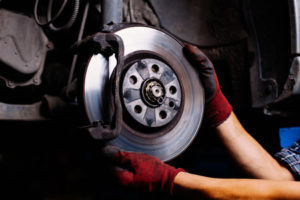 New Brake Pads
New Brake Pads- Brake Fluid
- Gloves
- Jack
- Jack Stands
- Lug Wrench
- Wrench
- C-Clamp
- Wire Brush
- Penetrating Grease
First, you want to loosen the lug nuts before raising each wheel and supporting that corner of the car with the jack stands. Loosen the bolt on one end that hold the caliper in place, then pivot the caliper to access the brake pad, which you pull out.
If you’re having trouble loosening the bolts, use the wire brush to remove surface rust, or apply penetrating grease to the threads, being careful to not spray the brake disc. Compress the pistons on the calipers with the C-clamp so they’ll clear the new, thicker brake pad. Insert the new pads into the calipers, then reassemble everything by reversing the order you followed to take it all apart.
Car Brake Replacement at T3 Atlanta
Not everyone is comfortable with servicing their own brakes, or you might not have the time. As always, T3 Atlanta is here to help. Our technicians have the training and expertise to ensure your brakes are properly cared for, so when you need them most they’ll operate properly.
 To understand why airbag maintenance is necessary, you need to have at least a basic understanding of how they work.
To understand why airbag maintenance is necessary, you need to have at least a basic understanding of how they work. Most vehicles have a diagnostic system for the airbags. If you see an SRS light come on, that means the airbag system is experiencing trouble and airbag maintenance may be required. You should have it inspected professionally right away, because the consequences of not following through could be severe.
Most vehicles have a diagnostic system for the airbags. If you see an SRS light come on, that means the airbag system is experiencing trouble and airbag maintenance may be required. You should have it inspected professionally right away, because the consequences of not following through could be severe. You may know the Toyota Prius, which is the car that started the hybrid vehicles revolution, but you probably don’t have a clue about the
You may know the Toyota Prius, which is the car that started the hybrid vehicles revolution, but you probably don’t have a clue about the 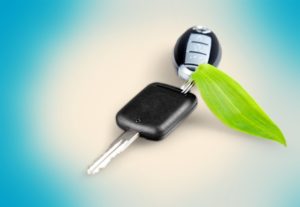 One of the changes being made to the
One of the changes being made to the 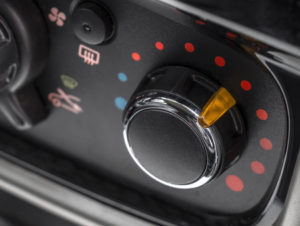 The hot air you feel blowing through the air vents originates in something called the heater core. It’s basically like a small radiator embedded under the dash. Hot coolant is transported from the engine to the heater core, where a fan helps extract some of the heat, blowing it into the cabin. This is why people say if your engine is overheating, you should roll down the windows and turn the heater all the way to full blast.
The hot air you feel blowing through the air vents originates in something called the heater core. It’s basically like a small radiator embedded under the dash. Hot coolant is transported from the engine to the heater core, where a fan helps extract some of the heat, blowing it into the cabin. This is why people say if your engine is overheating, you should roll down the windows and turn the heater all the way to full blast. Your car’s heater system also affects the defroster. Vents aimed at the windshield (and on some models the back window) blow hot air directly onto the glass. Their purpose is to remove any fog, snow, or ice buildup. Without the defroster, you might have a hard time seeing, especially at night.
Your car’s heater system also affects the defroster. Vents aimed at the windshield (and on some models the back window) blow hot air directly onto the glass. Their purpose is to remove any fog, snow, or ice buildup. Without the defroster, you might have a hard time seeing, especially at night. You might be considering a plug-in heater for your car instead of repairing problems with the built-in heater. One factor to consider is that plug-in heater can put an extra drain on your car’s battery during the time of the year when cold weather puts a strain on them. You’ll also need to find a spot to place the plug-in heater, which can be tricky depending on the car’s interior layout.
You might be considering a plug-in heater for your car instead of repairing problems with the built-in heater. One factor to consider is that plug-in heater can put an extra drain on your car’s battery during the time of the year when cold weather puts a strain on them. You’ll also need to find a spot to place the plug-in heater, which can be tricky depending on the car’s interior layout.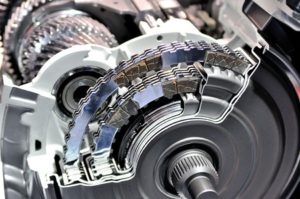 First off, you should know the transmission connects to the engine through the torque converter. It transfers the energy generated to the engine through the transmission’s gears. That energy is then sent to either two or all four wheels, which makes the vehicle move forward. The torque converter takes the place of a clutch, and it works using hydraulic pressure.
First off, you should know the transmission connects to the engine through the torque converter. It transfers the energy generated to the engine through the transmission’s gears. That energy is then sent to either two or all four wheels, which makes the vehicle move forward. The torque converter takes the place of a clutch, and it works using hydraulic pressure. Automatic transmissions often run into problems with gear changes, which can actually make transmission repair for qualified shops a little easier to manage. One of the most common is when it makes a clunking, whining or humming sound at different times. This can be caused by a variety of transmission issues which a technician can then diagnose and repair.
Automatic transmissions often run into problems with gear changes, which can actually make transmission repair for qualified shops a little easier to manage. One of the most common is when it makes a clunking, whining or humming sound at different times. This can be caused by a variety of transmission issues which a technician can then diagnose and repair. Believe it or not, another common problem with transmissions is when the check engine light comes on. The light on your dash might look like an engine or it could simply say “check engine.” Despite the name, this light doesn’t necessarily mean there’s a problem with the car’s engine. There are sensors in critical parts of your car which can measure early on if there’s a problem.
Believe it or not, another common problem with transmissions is when the check engine light comes on. The light on your dash might look like an engine or it could simply say “check engine.” Despite the name, this light doesn’t necessarily mean there’s a problem with the car’s engine. There are sensors in critical parts of your car which can measure early on if there’s a problem.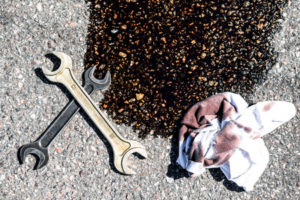 The big question you always need to be asking is how to tell if you have an oil leak or not. In all honesty, some cars (especially older ones) might burn some oil. Because of that fact, you can’t just judge based on the oil level. But you should be checking the oil at least once a month, if not sooner. On vehicles with a lot of miles, checking the oil every time you fill up the fuel tank is ideal.
The big question you always need to be asking is how to tell if you have an oil leak or not. In all honesty, some cars (especially older ones) might burn some oil. Because of that fact, you can’t just judge based on the oil level. But you should be checking the oil at least once a month, if not sooner. On vehicles with a lot of miles, checking the oil every time you fill up the fuel tank is ideal.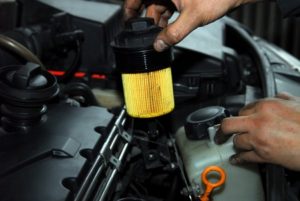 Sometimes, you may think your car is leaking oil but the problem is actually caused by oil filters that aren’t screwed on all the way. If you change your own oil, always apply some oil to the seal on the filter around the opening, and tighten it as much as possible by hand. If the filter is the source of a leak, you’ll see it’s soaked with oil just by climbing under the car. This is an easy fix.
Sometimes, you may think your car is leaking oil but the problem is actually caused by oil filters that aren’t screwed on all the way. If you change your own oil, always apply some oil to the seal on the filter around the opening, and tighten it as much as possible by hand. If the filter is the source of a leak, you’ll see it’s soaked with oil just by climbing under the car. This is an easy fix.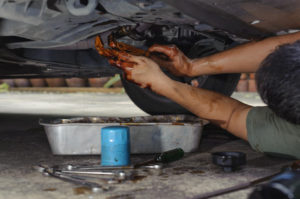 Once you’ve pinpointed the source of an engine oil leak, you can take steps to replace the faulty part that’s the source. Exactly how you go about this really depends on the component, your mechanical skills/experience and what vehicle you drive.
Once you’ve pinpointed the source of an engine oil leak, you can take steps to replace the faulty part that’s the source. Exactly how you go about this really depends on the component, your mechanical skills/experience and what vehicle you drive. Check out the MyCarFax app. It can help you track the maintenance needs of up to five vehicles at a time, which is great for households with multiple drivers. Adding a vehicle can be done by entering the VIN or license plate number. If you prefer an easier method, you can also scan the bar code next to the VIN. This app tracks not only upcoming maintenance items needed such as tire rotations and oil changes, but also open recalls.
Check out the MyCarFax app. It can help you track the maintenance needs of up to five vehicles at a time, which is great for households with multiple drivers. Adding a vehicle can be done by entering the VIN or license plate number. If you prefer an easier method, you can also scan the bar code next to the VIN. This app tracks not only upcoming maintenance items needed such as tire rotations and oil changes, but also open recalls. Also available for Android and Apple users is AutoCare. Although it’s not free, the app can help you manage multiple vehicles with customizable service reminders, making it a useful auto maintenance app. The ability to customize alerts is actually a truly great feature, because say if you use synthetic oil and can stretch out oil changes further, the app will accommodate that instead of bugging you to change the oil too early.
Also available for Android and Apple users is AutoCare. Although it’s not free, the app can help you manage multiple vehicles with customizable service reminders, making it a useful auto maintenance app. The ability to customize alerts is actually a truly great feature, because say if you use synthetic oil and can stretch out oil changes further, the app will accommodate that instead of bugging you to change the oil too early. Not only can you track vehicle maintenance records and needs with RepairPal, you can also be better prepared to fix your car. Everyone knows that accidents and unexpected thing happen in life, but this app helps you take it in stride with a one-touch option for roadside assistance. You can also use it to locate a quality local mechanic, plus it provides fair pricing for different jobs so you don’t end up paying too much.
Not only can you track vehicle maintenance records and needs with RepairPal, you can also be better prepared to fix your car. Everyone knows that accidents and unexpected thing happen in life, but this app helps you take it in stride with a one-touch option for roadside assistance. You can also use it to locate a quality local mechanic, plus it provides fair pricing for different jobs so you don’t end up paying too much.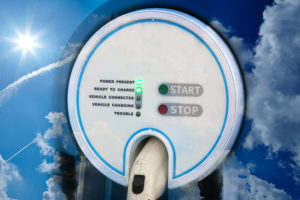

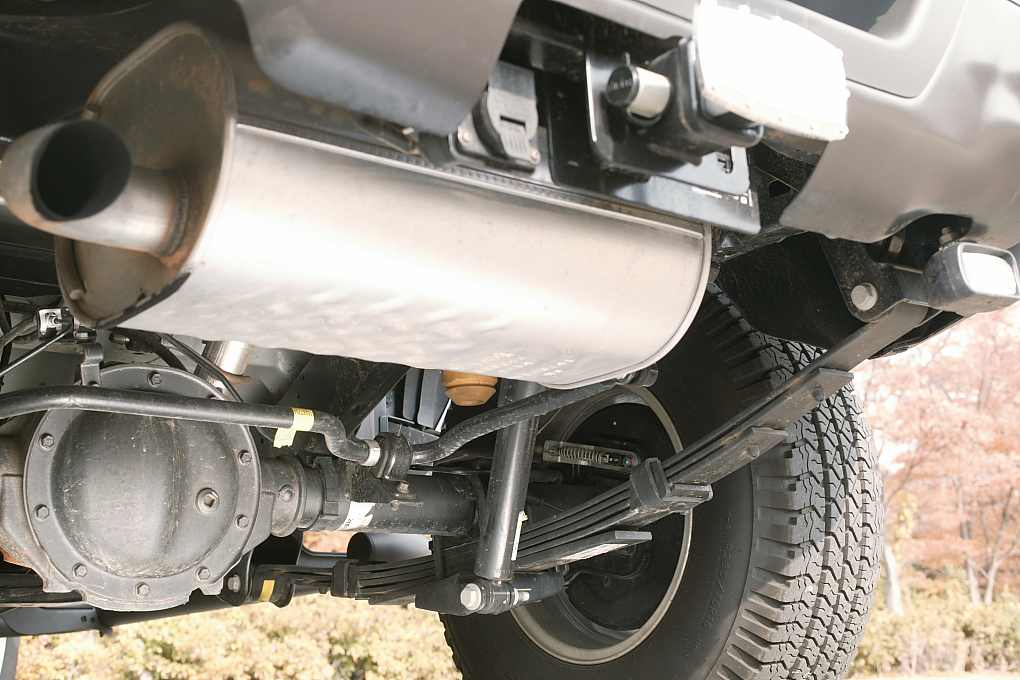 the movement or kinetic energy and converting it into heat. That energy is stored inside the shocks’ hydraulic fluid, before escaping into the surrounding air.
the movement or kinetic energy and converting it into heat. That energy is stored inside the shocks’ hydraulic fluid, before escaping into the surrounding air.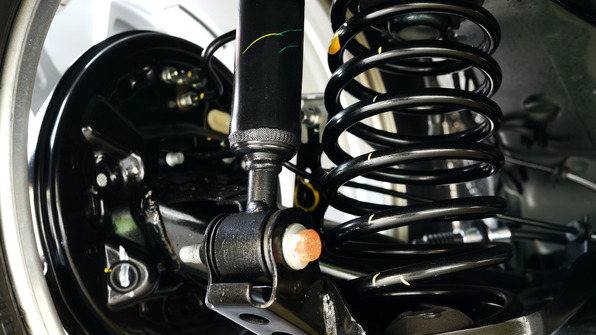 Also, know that you can’t just replace your shocks after a set number of miles. How quickly they wear depends on how you drive your car, what the roads are like where you live, etc.
Also, know that you can’t just replace your shocks after a set number of miles. How quickly they wear depends on how you drive your car, what the roads are like where you live, etc. Connected to the gear reduction is a linkage, which is what actually moves the wipers back and forth across the windshield. A short cam is the piece that’s attached to the motor’s output shaft. As it spins while the motor runs, a long rod attached to the other end of the cam shifts back and forth. Attached to the other end of the long rod is a short rod, which is what turns the wiper blade on one side of the car (usually the driver’s side). Another long rod connects to the other wiper.
Connected to the gear reduction is a linkage, which is what actually moves the wipers back and forth across the windshield. A short cam is the piece that’s attached to the motor’s output shaft. As it spins while the motor runs, a long rod attached to the other end of the cam shifts back and forth. Attached to the other end of the long rod is a short rod, which is what turns the wiper blade on one side of the car (usually the driver’s side). Another long rod connects to the other wiper.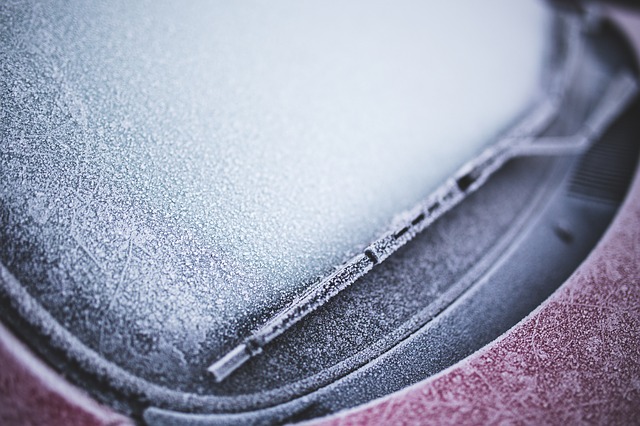 Basically, they’re made of rubber, with metal strips that help them maintain a constant shape. This is so the thin rubber edge that sits against the windshield swipes off water evenly. As the rubber ages, it starts to chip and crack, causing the wipers to leave streaks. Sometimes this streaking is caused by dirt buildup on the wipers, which is why it’s a good idea to clean them when washing your car.
Basically, they’re made of rubber, with metal strips that help them maintain a constant shape. This is so the thin rubber edge that sits against the windshield swipes off water evenly. As the rubber ages, it starts to chip and crack, causing the wipers to leave streaks. Sometimes this streaking is caused by dirt buildup on the wipers, which is why it’s a good idea to clean them when washing your car. 







